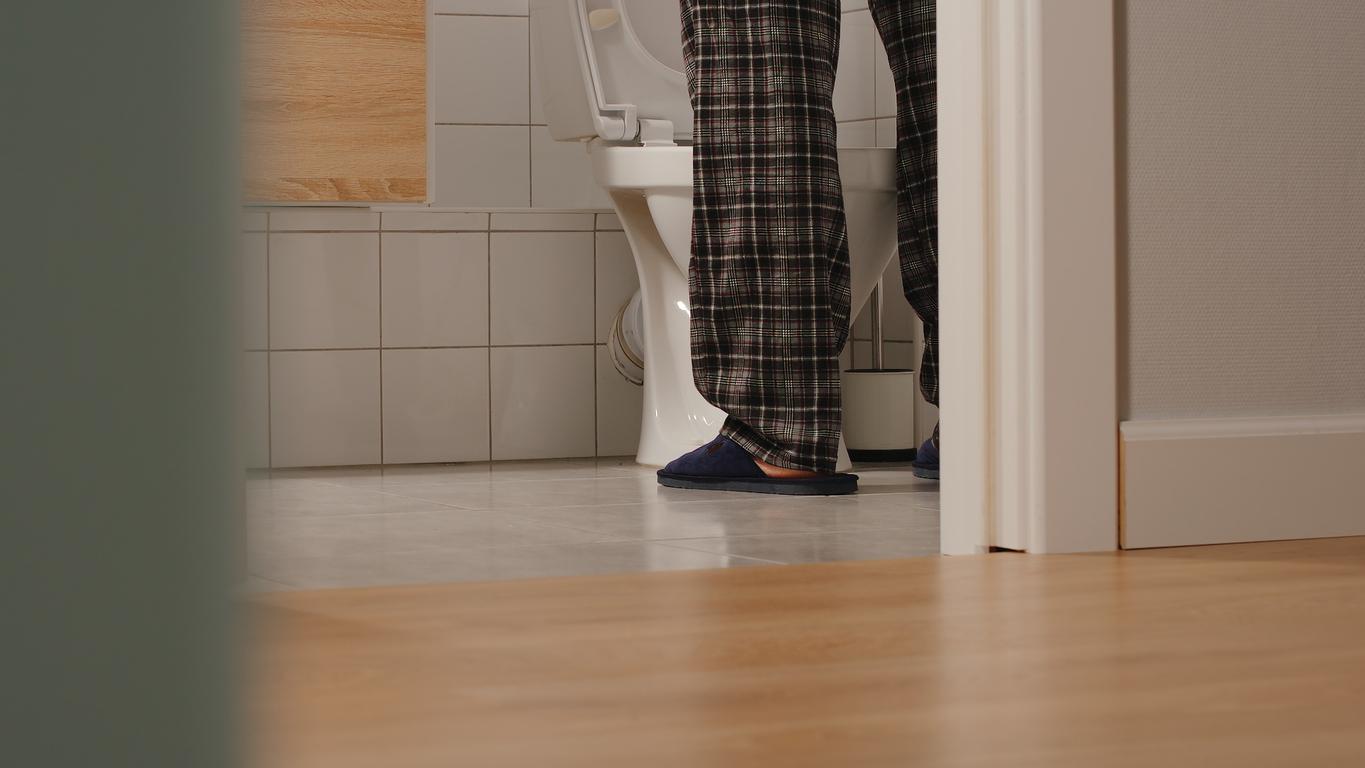
‘Incontinence is something that most men dread’
The diagnosis of prostate cancer is already dire. The prospect of being incontinent for up to a year after surgery doesn’t make it any better. Good news: a technology has been developed that can prevent this. This is now being used successfully.
Incontinence is perhaps the main reason many men dread surgery on their prostate. But urologists Saskia Stomps and Herman Roelink of Hospital Group Twente have developed a new technique that greatly reduces the risk of incontinence after surgery. The results are so good and the patients are so satisfied that more urologists are adopting this treatment. We asked urologist Herman Roelink how it works.
Why can you become incontinent after prostate surgery?
“During prostate surgery, you normally cut the urethra just in front of the prostate. The urethra runs from the bladder through the prostate through the penis. If you want to cleanly remove the prostate with the cancer it contains, it makes sense that you cut the urethra just in front of the prostate. The annoying thing is that the sphincter is also located in that place. If you start stitching there, you cannot prevent damage to the sphincter to a greater or lesser extent. That is why many patients after surgery suffer from incontinence for a long time, which they experience as particularly annoying and embarrassing.”
How does the new surgical technique work?
“We put the cut in the urethra a bit higher so that we can spare the sphincter. My colleague Saskia Stomps discovered that a kind of peeling technique was applied in a German clinic in which they peeled out the piece of urethra just above the sphincter that runs through the prostate until This way you have a longer piece of urethra and you can leave the sphincter untouched. You put the clip a bit above it. It was a fairly complicated operation in which they use different suture techniques. My colleague found that peeling the urethra interesting and thought the stitching could be better and a lot more efficient. She immediately started working on it, and her results made me excited too.”
What is the result?
“From the first moment we applied this new technique, we noticed that patients had fewer incontinence complaints. As soon as the catheter was removed, people could stop urinating. That is something we normally only saw after half to three quarters of a year. Where before. 43 percent of the men had no incontinence complaints after six weeks, 82 percent of the patients now remain free of those complaints. In addition, only 2 percent of the patients are still incontinent after a year. This was previously 12 percent.”
Does the technology have any other advantages?
“You have a little more urethra left and therefore have to pull in less urethra when suturing. That makes a difference of at least one and a half centimeters, and that can be a lot. Especially men with a tummy benefit from this. They already have the problem that their penis does not hang out for so long because there is some fat over it. After prostate surgery, the penis often becomes a bit shorter because it is pulled on the inside. Many men do not know this in advance and are shocked. penis, the nicer that is, but you always lose a piece of urethra anyway.”
Is the operation more complicated?
“Yes, but the technique is easy to learn. We showed it with videos to colleagues in the region and invited interested parties to watch an operation. There is a clear interface between the prostate gland and the urethra. You can do this follow very carefully and neatly until you reach the seminal mound about halfway up the prostate, where the sperm cells enter the urethra.
Why to the seed mound and no further?
“Up to the seed mound there is still real muscle tissue, which is why you can easily find a cutting surface up to the seed mound. Further on it is only a layer of mucous membrane, which is not tissue that you can attach. Moreover, it makes for continence it doesn’t matter, it’s not about the length of the urethra but about leaving the sphincter undamaged.”
Who is this technique suitable for?
“In principle, we have been doing this as standard with all our patients since we started using it in 2017. We have now operated on more than five hundred men, almost all of whom were very happy with the result.”
Are more hospitals going to use this technique?
“A number of hospitals in the north and east of the Netherlands will indeed do this. It would be nice if it was rolled out across the country and also across the border. There are, incidentally, hospitals that more or less apply this surgical technique, but not so much. expanded as we are. The continence figures are less good there.”
You cut into the prostate, is that risky for the tumor?
“That was also my first thought. It is extremely rare for cancer to grow in the urethra. What can happen is that there is a very aggressive form of cancer in the tip of the prostate, close to the urethra. Then you have to make a decision. Suppose something is left behind at the place where you have had your surgery, then you have a local tumor that you can monitor closely with controls. As soon as there are indications that the tumor is growing, you can opt for post-irradiation. is someone basically cancer-free. That post-irradiation usually has no consequences for continence. The great thing is that since we use this new technique, no more men need post-irradiation than before.”
Is continence really that important?
“Being able to hold your urine is an important topic for most men. Incontinence is something that most men dread. For women it is more negotiable and more accepted. They don’t have a prostate, but the chance that they will lose urine is much bigger, especially if they gave birth vaginally. A man will panic more quickly, even with a few drops of urine loss. Men feel unworthy of that. If you can prevent that, that is of course wonderful.”
What happens after surgery?
“Usually you go home the next day and keep a catheter for about a week. Not because the urethra is not working properly yet, but because after surgery the tissue can swell or become irritated, which can hinder urination. A temporary The catheter is then very pleasant. A week to ten days later, a day admission follows during which the results of the tissue are discussed, the photos of the operation are viewed and finally the catheter is removed. and the bladder empties properly. If that is the case, you can go home. Most men are then as good as dry, meaning they use a maximum of one insert a day for safety. If you have more than one a day. need, we speak of incontinence. From the first moment we measure this, that is after six weeks, about 80 percent of the patients need no insert or only one insert. Previously, we only saw those numbers after about a year. is e and huge difference. If you’re incontinent for three or four months and don’t see any improvement, you start to worry about it being okay. Practice shows that it usually works out, but before that it took a long time. All those months of uncertainty have a significant impact on daily life. Now that we can prevent this, we only see happy people. We are also very happy about that.”
This article originally appeared in +Gezond april 2022. Want to subscribe to the magazine? You can do that in an instant!

















